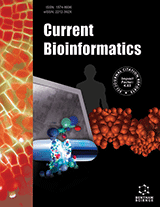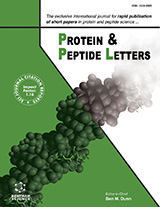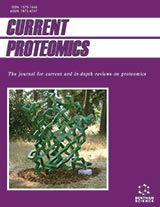Abstract
The determination of a proteins biochemical function from its 3D structure has proved more difficult than anticipated for structural genomics proteins, most of which are of unknown or uncertain function. Functional annotations typically have been assigned using the closest sequence or structure match, a practice that has resulted in large numbers of misannotated proteins. Recently it was reported that computed protonation properties can be used to predict the residues with catalytic and binding activity, thus providing clues about the function of the protein. We show that residues with anomalous computed protonation behavior constitute a small fraction of the proteins highly conserved residues. Results for a test set of 61 proteins reveal that the average conservation scores are high for residues with unusual protonation behavior, even for many not annotated as functionally important in the literature. Two enzymes, protein tyrosine phosphatase from Yersinia enterocolitica and glucosamine-6-phosphate deaminase from Escherichia coli, are described in detail as examples to illustrate the relationship between anomalous protonation behavior and conservation. We conclude that the residues with anomalous protonation behavior are generally highly conserved, but are fewer in number and more spatially localized than the set of all highly conserved residues in a given protein.
Keywords: Protonation states, functional residues, sequence conservation, function annotation, THEMATICS
Current Bioinformatics
Title: High Conservation of Amino Acids with Anomalous Protonation Behavior
Volume: 5 Issue: 2
Author(s): David G.C. Hildebrand, Huyuan Yang, Mary Jo Ondrechen and Ronald J. Williams
Affiliation:
Keywords: Protonation states, functional residues, sequence conservation, function annotation, THEMATICS
Abstract: The determination of a proteins biochemical function from its 3D structure has proved more difficult than anticipated for structural genomics proteins, most of which are of unknown or uncertain function. Functional annotations typically have been assigned using the closest sequence or structure match, a practice that has resulted in large numbers of misannotated proteins. Recently it was reported that computed protonation properties can be used to predict the residues with catalytic and binding activity, thus providing clues about the function of the protein. We show that residues with anomalous computed protonation behavior constitute a small fraction of the proteins highly conserved residues. Results for a test set of 61 proteins reveal that the average conservation scores are high for residues with unusual protonation behavior, even for many not annotated as functionally important in the literature. Two enzymes, protein tyrosine phosphatase from Yersinia enterocolitica and glucosamine-6-phosphate deaminase from Escherichia coli, are described in detail as examples to illustrate the relationship between anomalous protonation behavior and conservation. We conclude that the residues with anomalous protonation behavior are generally highly conserved, but are fewer in number and more spatially localized than the set of all highly conserved residues in a given protein.
Export Options
About this article
Cite this article as:
G.C. Hildebrand David, Yang Huyuan, Jo Ondrechen Mary and J. Williams Ronald, High Conservation of Amino Acids with Anomalous Protonation Behavior, Current Bioinformatics 2010; 5 (2) . https://dx.doi.org/10.2174/157489310791268414
| DOI https://dx.doi.org/10.2174/157489310791268414 |
Print ISSN 1574-8936 |
| Publisher Name Bentham Science Publisher |
Online ISSN 2212-392X |
 2
2
- Author Guidelines
- Bentham Author Support Services (BASS)
- Graphical Abstracts
- Fabricating and Stating False Information
- Research Misconduct
- Post Publication Discussions and Corrections
- Publishing Ethics and Rectitude
- Increase Visibility of Your Article
- Archiving Policies
- Peer Review Workflow
- Order Your Article Before Print
- Promote Your Article
- Manuscript Transfer Facility
- Editorial Policies
- Allegations from Whistleblowers

















.jpeg)








